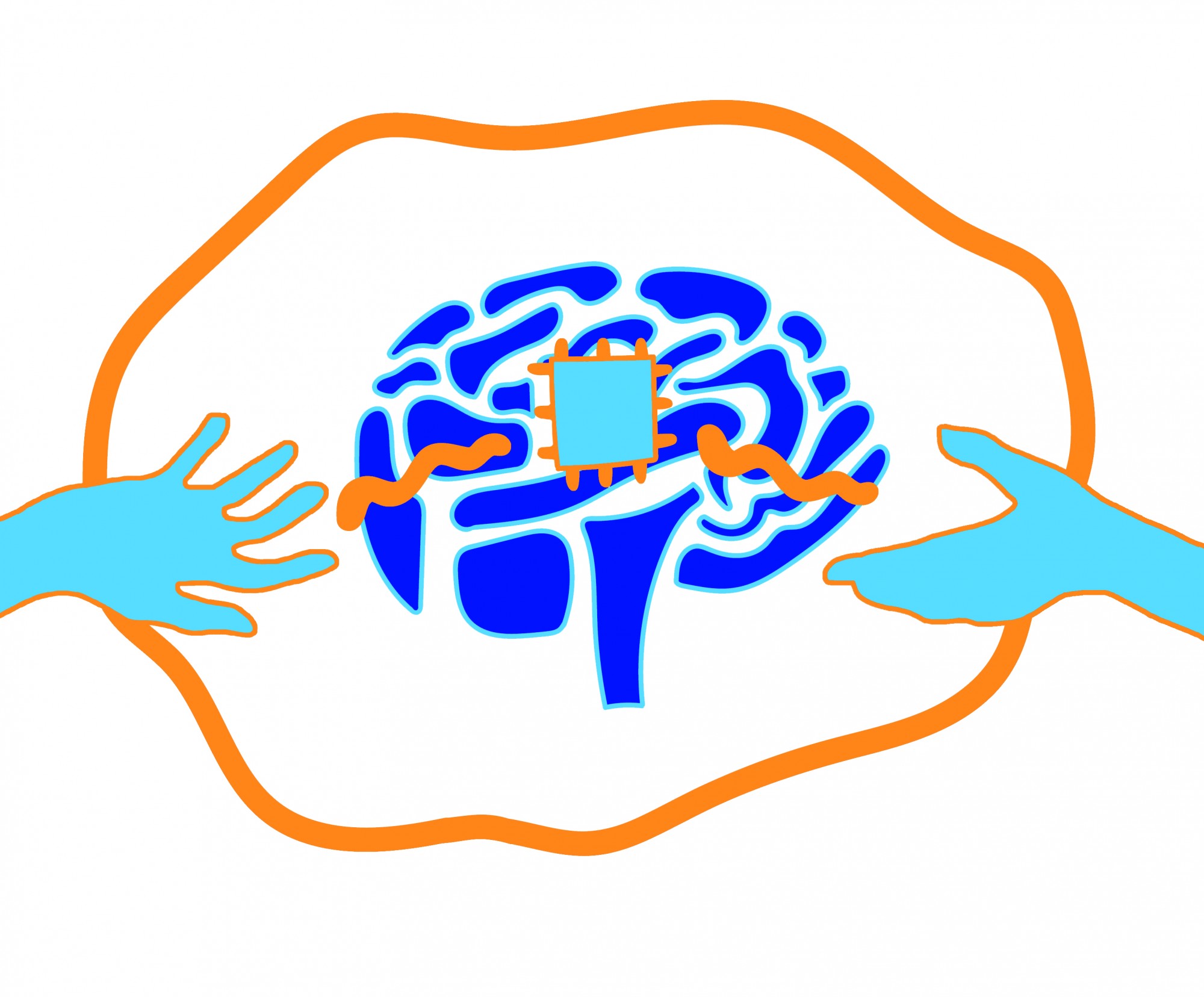University of Minnesota researchers are developing an implantable brain device to one day cure neurological disorders.
The research team, partnered with Mayo Clinic, was awarded a nearly $1 million grant earlier this month to develop the chip. The device could potentially treat diseases like Parkinson’s, obsessive compulsive disorder and depression. After creating the chip, researchers plan to eventually test it on animals.
The brain works like a circuit, and, when affected by Parkinson’s disease, it becomes dysfunctional due to a loss of cells, said Walter Low, a University professor and associate head of research in the Department of Neurosurgery. The chip, which contains electricity-conducting electrodes, will re-establish a normal activity pattern involved in movement and other behaviors.
The idea to use the device in this way came in 2015 when it was patented, said Jian-Ping Wang, the principle investigator of the research and a University professor of electrical and computer engineering. The team was awarded the grant from the Minnesota Partnership for Biotechnology and Medical Genomics, which is a research collaboration between the University, Mayo Clinic and the state of Minnesota.
The device holds more than 10,000 magnetic neurostimulators and is the size of a penny, said Kai Wu, a University postdoctoral research associate. It will be used in deep-brain stimulation, where it will be surgically implanted in the brain. It will use magnetic fields to generate electricity and stimulate the neurons in the brain, Wu said.
The device first uses microcoils to stimulate the neurons in the brain, he said. Then, an electric current passes through the device, which acts like a magnet.
“We are just using a high school physics principle to stimulate the neurons,” said Renata Saha, a researcher and University Ph.D. student. This principal is Faraday’s Law, which says that when the magnetic field in a circuit changes, an electric force is created proportionally to that change.
By using a magnetic field, researchers make the chip less invasive in the brain than if they relied on an electric field alone.
Sadegh Faramarzi, a University postdoctoral research associate, examines the device on slices of the brain. Using brain slices allows for more control compared to analyzing the whole brain, he said.
“I usually use microelectrodes to stimulate one area of the brain and then see the responses from the other areas, which is kind of invasive,” he said. The process typically damages the brain tissue and neurons. By using microcoils in the device, Faramarzi no longer makes direct contact with the tissue and causes less damage.
The researchers say the device consumes less power compared to other electrodes in deep-brain stimulation.
With other stimulator devices, the battery may need to be changed often, Wang said. The group’s device wouldn’t require that frequency.
“The entire community is into designing devices [to mimic brain activities], so it’s currently our chance to contribute … something to the brain,” Saha said.














